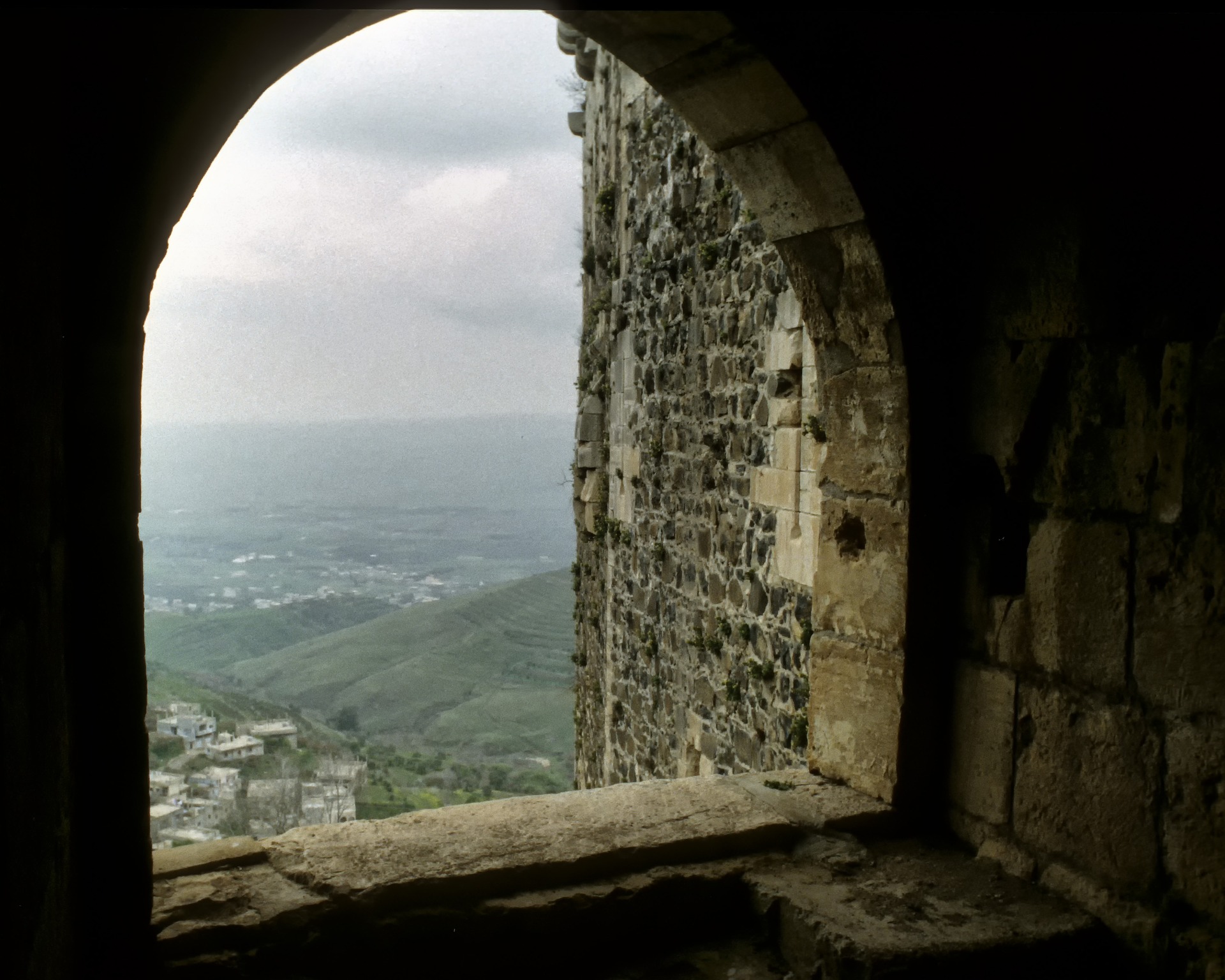The aftermath of Raqqa battle: A micro sample of post-conflict Syria

Euphrates Wrath, the military campaign against ISIS in Raqqa, is accelerating and seems to have reached a closing point. Although this might take a few weeks or even months, the defeat of ISIS is almost certain now. The U.S backed Syrian Democratic Forces (SDF) is leading the fight on the ground and is significantly advancing, thanks in part to American air cover. SDF is a coalition of Kurdish and Arab forces but it is hegemonised by the former. In a dramatic and mysterious manner, ISIS took control of Raqqa in 2014, and declared it as the capital of their proclaimed Caliphate. Most ISIS prominent leaders were based there, where they plotted several terrorist attacks around the globe.
Interestingly, the battle in Raqqa depicts the Syrian conflict; by zooming in at a map of Raqqa, one could observe the vehement regional and international struggle as well as the identity clashes among different groups (Kurds; Sunni Arab tribes; Alawites). Kurdish forces supported by the Americans; Syrian Arab Sunni forces backed by President Erdogan (who is seeking Sunni championship in the ME); Assad forces backed by Russian jets and overshadowed by Shiite militias on the ground, are all entrenched around the city in a quest for control.
Once the de facto capital of ISIS collapses and its fighters have been thrown out, who would rule the city? This is the most important question and, further, the answer would possibly determine Syria’s future. Without doubt, none of Assad’s forces would be able to control the rebellious city. Nor is the fragile and slightly armed FSA ready for this. Militarily and politically speaking the 55,000-strong SDF seems very capable to do so; however, it lacks the necessary support at the grassroots level. Instead, it is faced by long standing Arab/Kurd rivalry which is even older than the birth of modern Syria.
Earlier in April, the SDF announced the formation of Raqqa Civil Council RCC to administer the city after the overthrow of ISIS, and has elected two co-chairs, one Kurdish and one Arab. Speaking to Syria Deeply, Layla Mohammed, the female co-chair of RCC assured that “the council has been formed from the people of Raqqa with all its ethnicities, and they believe in democratisation of the society”. This sounds real in a Utopian society not in one that has been subjected to a tyrant’s rule for decades and to radicalism for three years. On the ground, gaps between identity groups are very explicit and seem to be widening in the context of the security dilemma.
In fact, the RCC was imposed from above. As one resident of Raqqa shared with me during a recent conversation “the SDF is just another face of the Assad regime; we are facing a new Ba’ath; A Kurdish one this time.” Indeed, the RCC lacks credibility, and this will hinder it from governing.
Thus, the US full support to the SDF seems to be short sighted. Although, the administration acknowledges the significance of impeding civil governance in the city, the approach it follows looks very superficial as it ignores the fragility of the society; instead of minimising gaps between identity groups, it’s inflaming enmity by imposing Kurdish rule. Indeed, this is extremely dangerous and poses lethal implications for post-ISIS Raqqa and for post-conflict Syria. For three years, ISIS worked so hard to create a cult of personality and craft an empire of fear in Raqqa. It indoctrinated the minds and the hearts of many people there who were left alone to face violence and hunger.
The ousting of ISIS would create a vacuum which would either be filled with radical ideologies or with civil ones. By limiting its support to SDF and its civil wing RCC; the US is fueling the conflict. Yet, it is never too late to conduct a more productive policy. Constructing a sense of national identity, designing state-building policies alongside a process of democratisation and deradicalisation should be the key aims for any strategy addressing the aftermath of the Raqqa battle. Some steps that could facilitate this process from below are: supporting local militias and engaging them under the umbrella of FSA and SDF to smooth the creation of an army, a national army at some point. Politically speaking, empowering the notables, or wijaha’, in each town/district so they can mend fence among different identity groups. Also, engaging the local committees, or tansiqiyyat, that were active at the outset of the uprising, but were later trapped between the brutality of the regime and ISIS.
Indeed the ousting of ISIS poses serious challenges for Raqqa and for Syria. It represents a micro sample of what a post-conflict Syria would look like. Although this is primarily the responsibility of regional and international players, Syrians themselves should also contribute to the quest to build their desired nation.
On June 29th, 2017, the American top envoy to the coalition fighting ISIS, Bret McGurk, told reporters while visiting Tabqa in western Raqqa “our mission is to make sure that any foreign fighter who is here [and] who joined ISIS from a foreign country and came into Syria that they will die here in Syria…if they are in Raqqa, they are going to die in Raqqa”. What McGurk does not seem to fully capture is that US missiles might be capable of eliminating terrorists, but they cannot eliminate an ideology. American strategists should bear this in mind when writing their policy reports. The policy of total destruction!
*/ Ola Rifai is a Fellow at the Centre for Syrian Studies at the University of St Andrews.
*
The views & information contained in these posts & articles are strictly those of their authors who are solely responsible for their accuracy, and should not be regarded as representing the Centre for Syrian Studies or the University of St Andrews.

